Butter Molds
Butter molds were historically used simply to shape and decorate the butter that had been churned from the fresh cream off of milk. It is uncertain whether they were an invention of the affluent to add to their lavish tables or an accessory brought into popularity by the normal 17th century homemaker. Regardless of how they got here, they are highly collectible in our culture and an interesting addition to our tables. Most butter molds are carved from wood. They range from extremely detailed to simple minimalism. The more intricate the carving, the more expensive they are. In present culture, butter molds are not a popular kitchen accessory and can be difficult to find, but as an alternative to a true butter mold, you can use the silicone forms sold for candy making as butter molds. It is a fun way to give guests their own portion of butter at a meal.
Uses of the Butter Mold
Traditionally, butter molds were used only for butter. After dusting them with flour and pressing the chilled butter with the stamp molds or filling the plunger mold. After this was removed from the mold, the decorative butter was placed on the table to be eaten. Although there were both large molds to produce a decorated brick of butter for the entire table to enjoy, there was also butter stamps and individual molds to give guests their own. Today, you can use them to mold hard candy, chocolate, flavored butters or even cream cheese. To ensure the best rendition of the mold, chill your filling before trying to remove it from the mold.
Collecting Butter Molds
Vintage butter molds are highly collectible and a wonderful conversation starter at a meal. A butter press is a large wooden box with a plunger that makes a 1-cup sized brick of butter, these are usually the least detailed and the most practical to use, but not inexpensive to collect, costing anywhere from $75 to $400. A small, plunger-style mold is bell shaped and will produce a small dome of butter for two to three people, these can cost anywhere from $50 to $200. Butter stamps or small, paddle-type molds are for making individual butter pats, these are very detailed and the most economical to collect at $20 to $45. Make sure your mold is made of hardwood and has a good patina, this ensures that the mold is safe for food preparation.
Related Articles
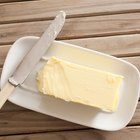
How Long Can Unsalted Butter Go ...
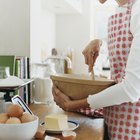
How to Store Butter
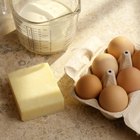
How to Use Butter Powder
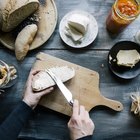
How Long Can You Keep Butter ...
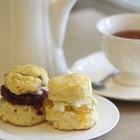
How to Serve Scones
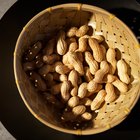
How to Home-Can Peanut Butter
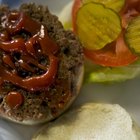
Gherkins vs. Bread and Butter
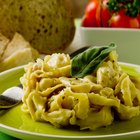
How to Make Sage Butter

The Calories in Chocolate Croissants
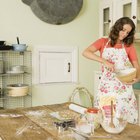
How Can I Soften Frozen Butter for ...
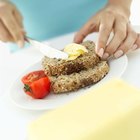
Healthy Butter Substitutes
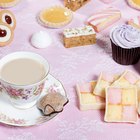
What Desserts Are Served With a ...

How to Quickly Thaw Butter
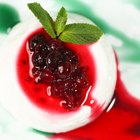
How to Cook Mini Cheesecakes in Ramekins
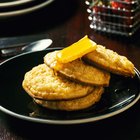
How to Prepare Crumpets

Can You Freeze Chocolate?
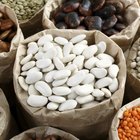
Calories in Butter Beans

What Is the Difference Between Scones & ...

How to Make Chocolate Transfer Sheets ...
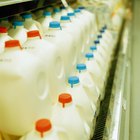
How to Make Homemade Cream From Milk in ...
Writer Bio
Gabrielle Krake's writing career began in 1996. She is published in the "Chicago Sun Times," "IdahoStatesman," online magazines Got to Be Green, Chic Galleria, Blissfully Domestic and Divine Caroline. She attended four and a half years at Northern Arizona University, the University Of Alaska, Western Washington University and Boise State with an emphasis in sculpture and education.